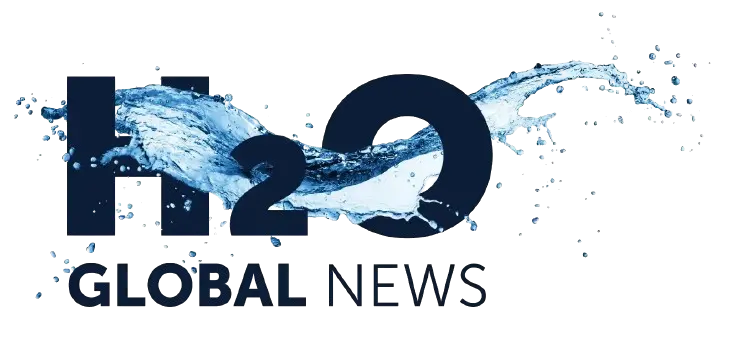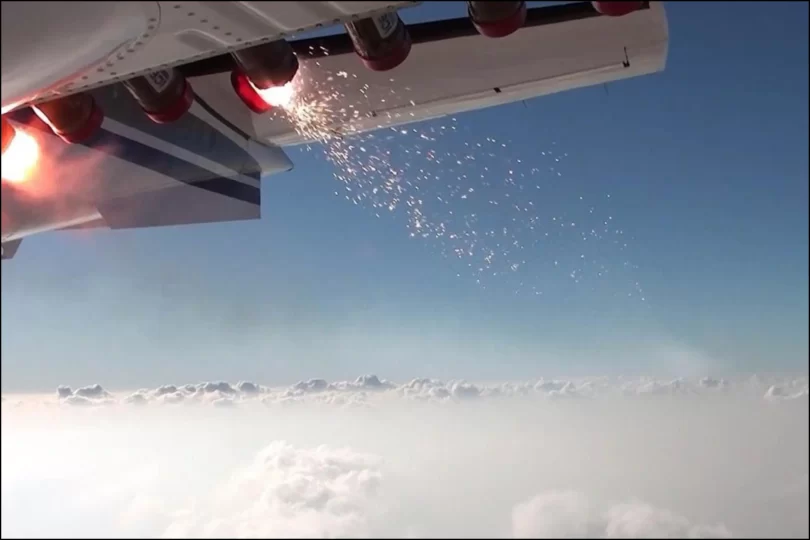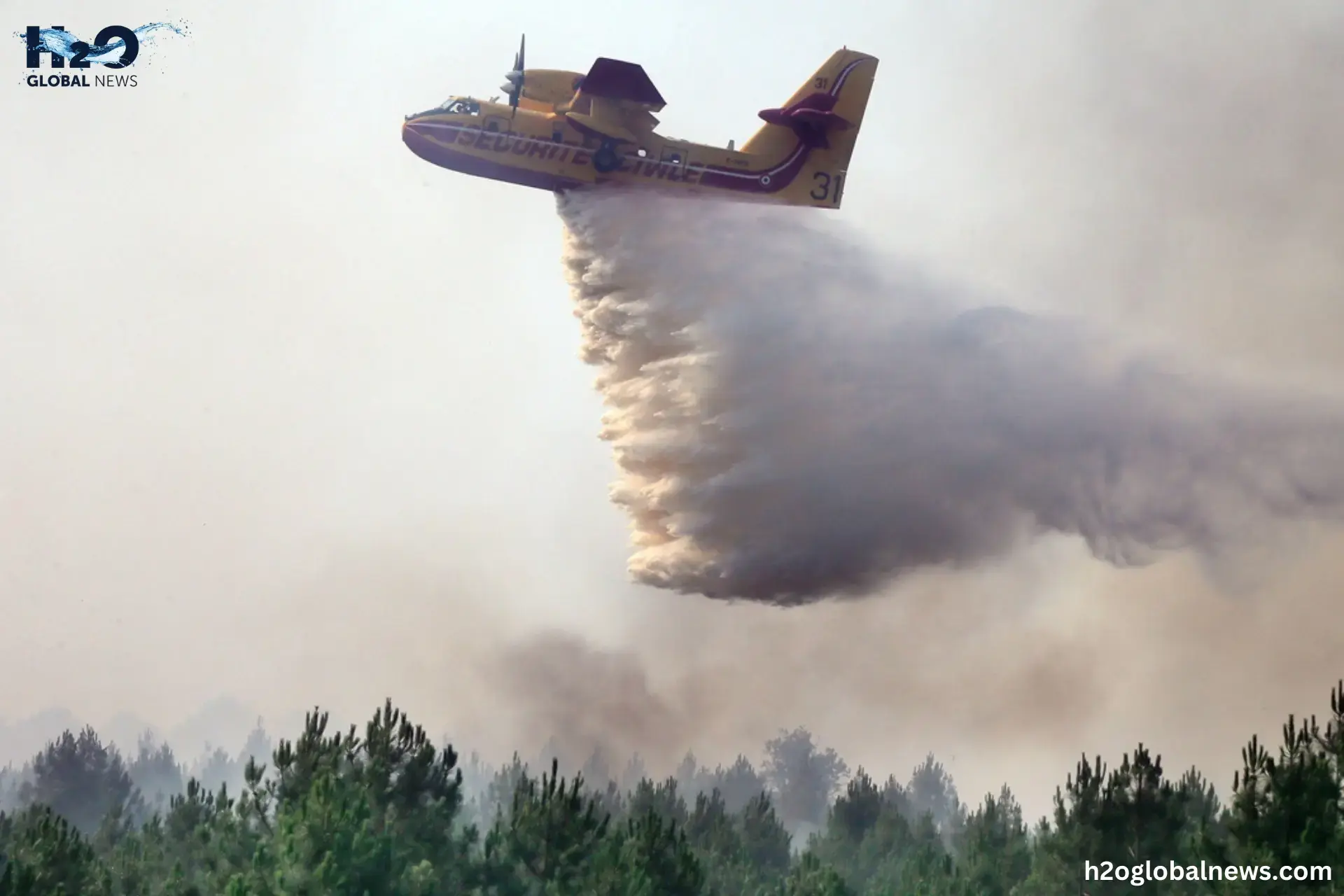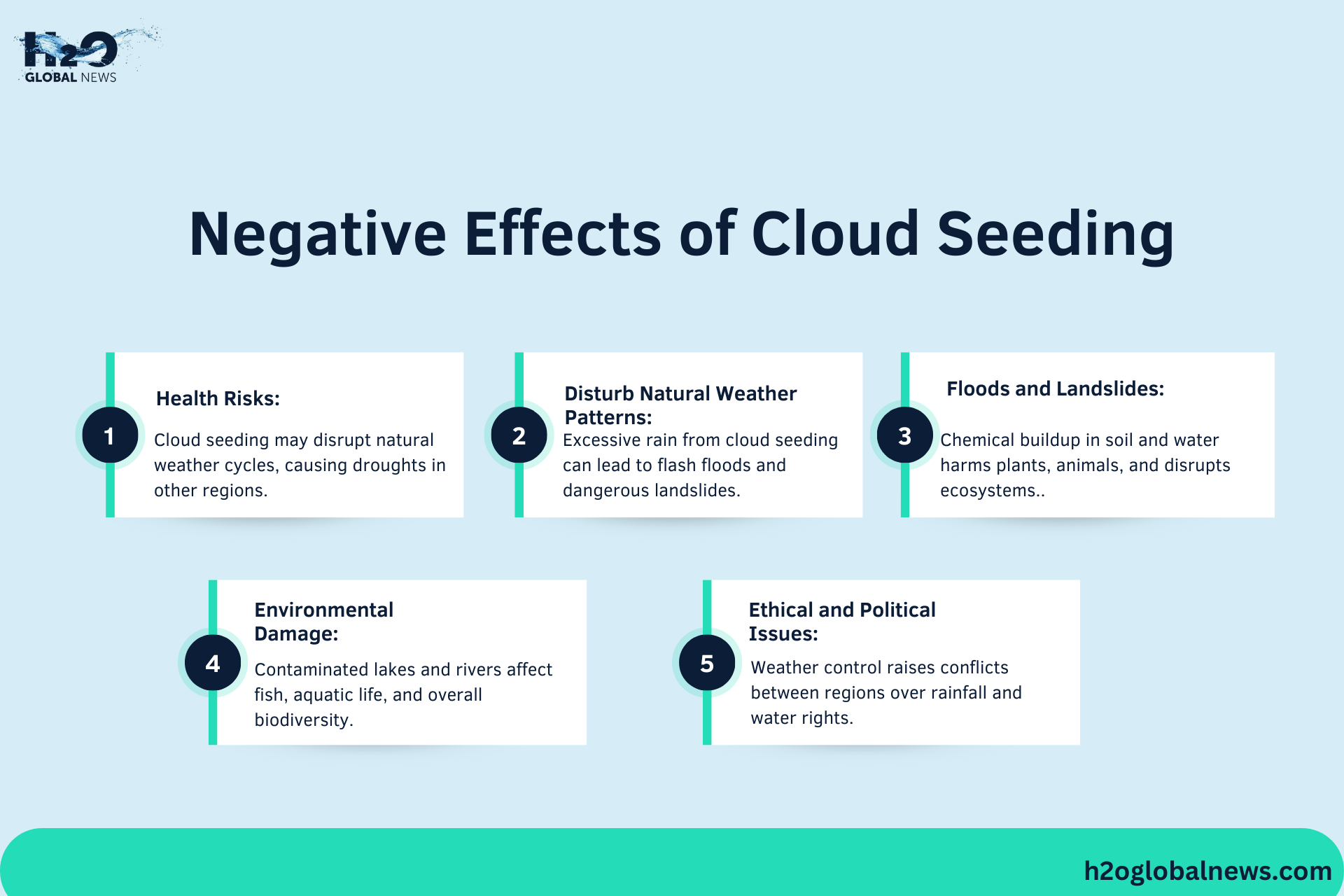Cloud seeding is usually known as an artificial rain, which is used to reduce droughts and control the extreme weather conditions. While it has good benefits, some people are concerned about is this weather modification technique is as safe as it sounds? So, in this article, we will guide you about cloud seeding, its negative effects, and whether this technique is harmful or not.
What is Cloud Seeding?
Cloud Seeding is a process which produces artificial rain and snowfall. Chemicals used in cloud seeding, usually silver iodide or salt, are released into the air to encourage rain or snowfall artificially. These particles then act as nuclei around which water droplets form, and then precipitation occurs.
This technique was used since the 1940s. Most of the countries like the United States, China, and the United Arab Emirates actively use artificial rain techniques to reduce dry weather conditions. This technique has been used worldwide to manage water resources, prevent droughts, and even control weather for major events.
Negative Effects of Cloud Seeding
While it seems beneficial, by knowing its negative effects, you will know whether cloud seeding is harmful or not.
1- Health Risks
Cloud seeding adds silver iodide and other chemicals into the atmosphere. While small amounts may not be harmful, long-term exposure could be risky. These chemicals can enter the air, water, and soil, leading to potential health concerns.
People who live near cloud-seeded areas, if they breathe in tiny particles of silver iodide or other substances, they may have lung irritation, breathing difficulties, or worsen conditions like asthma in sensitive individuals.
Some studies suggest that long-term exposure to silver iodide might cause skin damage. If silver iodide or salt levels become too high, they might pollute drinking water and affect the crops.
2- Disturb Natural Weather Patterns
One major concern is that it can disrupt natural weather cycles. When artificial rain is created in one area, it might reduce rainfall in another place. This can lead to unexpected droughts in regions that rely on natural rain patterns, effects farmers and natural ecosystems. Changing the balance of weather can have long-term effects that we don’t fully understand yet.
3- Floods and Landslides
If there are long-term effects of seed clouding and too much rain falls occurs on areas that don’t require that much precipitation, then it will cause flash floods and landslides. This can damage homes, destroy crops, and even cause loss of life. So, it’s better to fully understand the process before doing it.
4- Environmental Damage
When the chemicals fall with rain, they are added to the soil over time. High concentrations of silver iodide will change the soil composition, which then affects the plant growth. All this toxic buildup in the soil and water can harm plants and animals, and disrupt food chains. Also, the water sources like lakes and rivers might also become contaminated, which affects fish and other aquatic life.
5- Ethical and Political Issues
As we know that cloud seeding can affect weather in one place at the expense of another, it raises ethical concerns. Countries or regions might argue over who gets to control the weather. If one area creates artificial rain, then it might reduce rainfall for neighboring regions, which causes conflicts over water rights.
Conclusion
So, is cloud seeding harmful? The answer isn’t entirely clear. While it has its benefits, the negative effects of cloud seeding cannot be ignored. More research is needed to understand its long-term impact on the environment, weather patterns, and human health. Until then, we should know its risks and benefits carefully before using this technique.
FAQs
1- Is Cloud Seeding Real?
Yes, it is a real weather modification technique used to increase rain or snow. It involves spraying chemicals like silver iodide into clouds to help water droplets form.
2- What Does Cloud Seeding Look Like?
It is mostly invisible, but planes or ground generators release fine particles into the air. After doing this, clouds may appear denser, and rainfall or snowfall will occur later.
3- Can You Make More Clouds with Cloud Seeding?
No, it cannot create clouds. It only enhances existing clouds to produce more precipitation if moisture is already present.
4- Can Cloud Seeding Be Used to Stop Hurricanes or Severe Storms?
No. Cloud seeding is designed to enhance precipitation, not weaken storms. Attempts to modify large-scale systems like hurricanes are theoretically risky and unproven; most scientists agree it could unintentionally worsen storm impacts or shift their paths unpredictably.
5- Are There Natural Alternatives to Cloud Seeding?
Yes. Reforestation, wetland restoration, and sustainable water management can improve natural rainfall retention and groundwater replenishment. These methods are slower but avoid the ethical and environmental risks tied to artificial weather modification.










